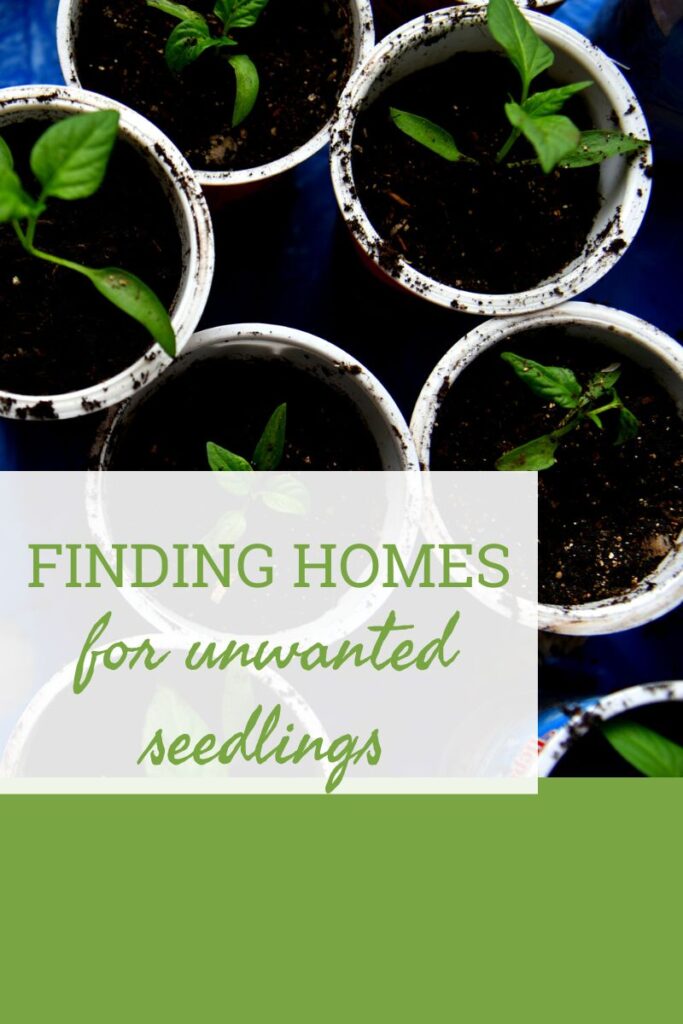[ad_1]
I usually have pretty good luck starting my own vegetable seedlings. While it’s a great way to cut the cost of planting a garden, there is one problem I wish I could overcome. It’s difficult to start and grow the exact number of seedlings I need and want.
What To Do With Extra Seedlings
Sometimes I go a little crazy and start way too many seeds. Other times, germination percentages are higher than expected. Either way, it’s all too easy to end up with more seedlings than I have on my plan for the garden.
So, the question is, “what can gardeners do with these extra seedlings?” To me, tossing these plants feels like a waste of my time and energy, not to mention the actual cost of starting plants. Luckily, I’ve discovered a few positive outlets for these leftover plants:
- Double plant – Short season crops, like lettuce, can be tucked between tomato or corn plants. The lettuce will be ready for harvest long before the other plants fill the space.
- Fill the flowerbeds – Yes, I’ve been known to plant veggie seedlings in lieu of annual flowers around the house. Some garden veggies, like cayenne peppers, are downright eye catching.
- Give or trade with other gardeners – We all know other gardeners, so giving extra seedlings to my family or friends has been one of my traditional go-to solutions. Sometimes gardening friends have plants that I need as well.
- Replace lost plants – Every year I lose a few transplants to critters. Hanging onto a few extra seedlings means I can fill those spots and not lose valuable gardening space. Of course, I may end up with a celery plant amid my cabbage.
- Container garden – In recent years, I’ve discovered the benefits of growing a few veggie plants in planters near the house. When the pandemic limited social contact, I planted my extra seedlings in containers.
- Early harvest – Some seedlings, like lettuce, can be harvested and consumed as baby greens. I’ve used this option when faced with excess cabbage, celery, lettuce, and Swiss chard seedlings.
- Donate – As a service project one year the 4-H club I advised grew a garden for the “Plant a Row for the Hungry” program. Plant donations from myself and other gardening parents gave the kids what they needed for the project.
- Sell – While I’ve never put my extra seedlings out by the side of the road for sale, I have stopped and bought seedlings from home gardeners who have done this. I find these plants are usually less expensive and just as healthy as those from the nursery.
[ad_2]

